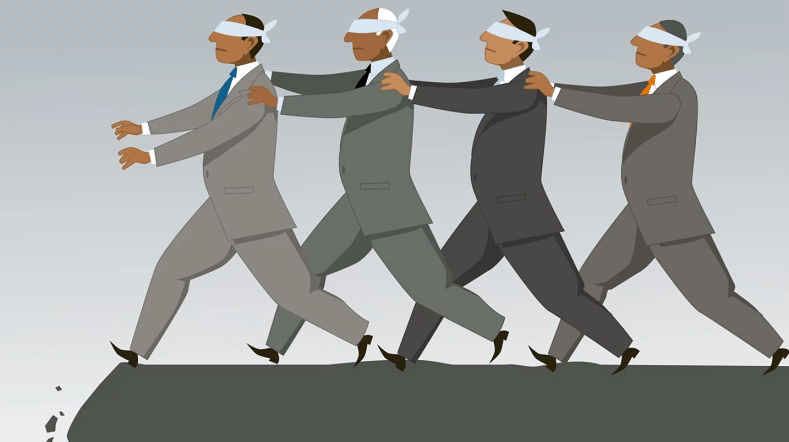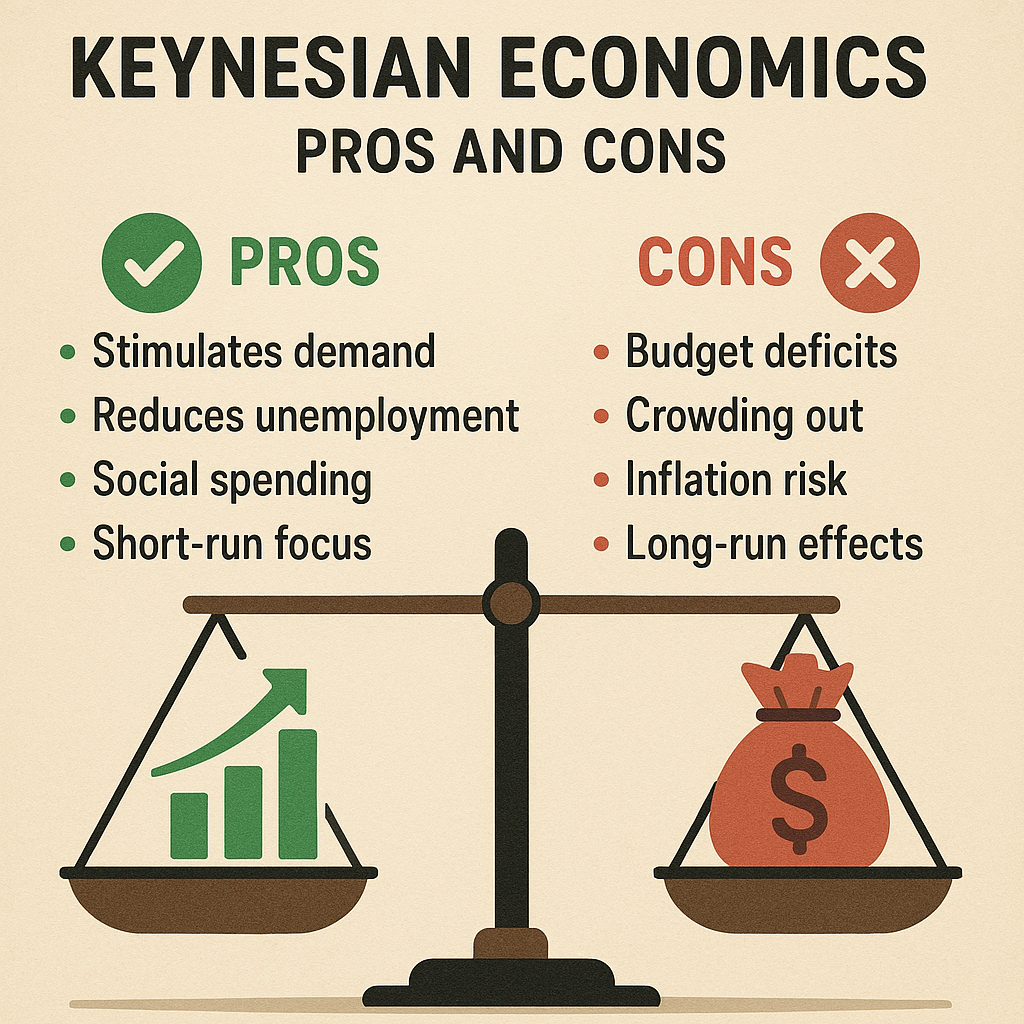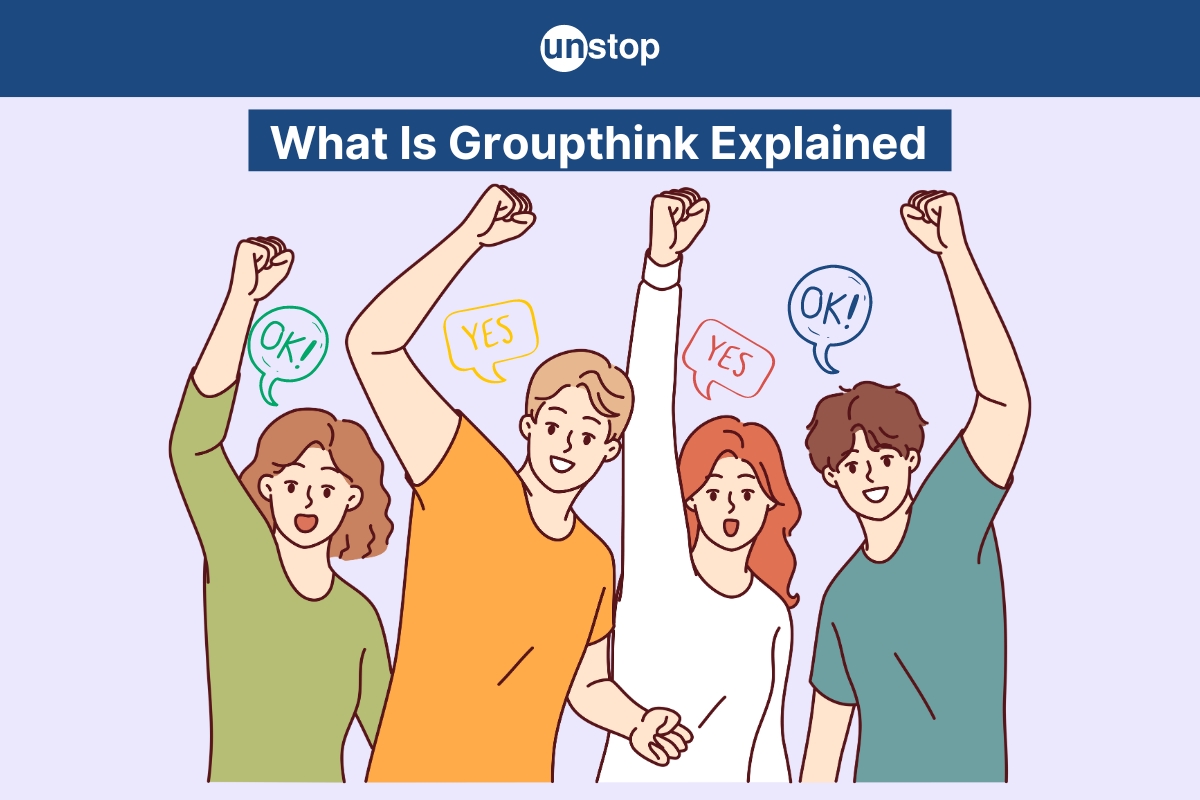
Understanding Groupthink
Definition and Explanation of Groupthink
To tackle the challenges posed by groupthink, it is essential first to understand what it is. Groupthink, a term popularized by social psychologist Irving Janis in the 1970s, refers to a psychological phenomenon where the desire for harmony or conformity in a group leads to irrational or dysfunctional decision-making. Team members suppress dissenting viewpoints, resulting in poor choices that can have severe consequences.
For instance, consider a project team faced with a critical decision. Instead of voicing concerns, members may disagree with the majority, fearing conflict. This harmony-seeking behavior can obscure essential details and lead to a lack of innovation.
Characteristics of Groupthink
Recognizing the characteristics of groupthink can help teams identify when they are at risk. Some common traits include:
- Illusion of Invulnerability: Members feel overly confident in their decisions, leading them to ignore potential risks.
- Collective Rationalization: Dissenting opinions are dismissed as irrelevant or misguided.
- Self-Censorship: Individuals may choose not to voice their concerns for fear of disrupting group harmony.
- Pressure on Dissenters: Those who express opposing views may feel marginalized or pressured to conform.
Understanding these characteristics helps recognise groupthink and serves as the first step toward fostering a more open and critical decision-making environment.
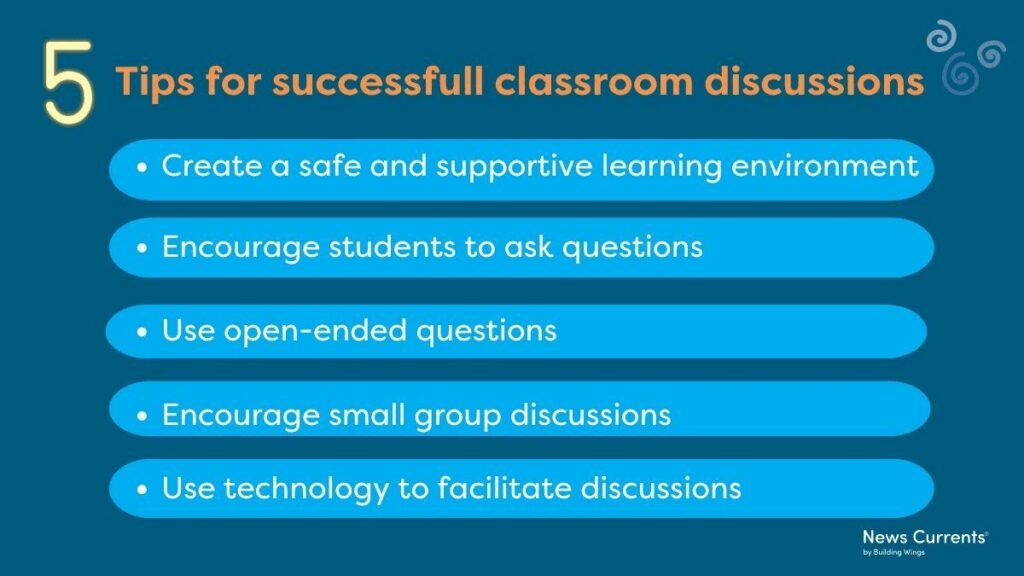
Consequences of Groupthink
Negative Effects on Decision Making
The implications of groupthink can be far-reaching, especially concerning decision-making processes. When teams succumb to this phenomenon, they often overlook critical information and fail to explore alternative solutions.
For instance, think of a marketing team that unanimously decides on a campaign without considering potential pitfalls. They might miss market trends or consumer feedback, leading to a flopping strategy. Some negative effects include:
- Lack of Innovation: Creativity suffers as original ideas are sacrificed for consensus.
- Reduced Alternatives: Teams may dismiss effective solutions simply because they don’t align with group preferences.
- Increased Risk of Failure: Decisions made in a vacuum can lead to unexpected challenges that could have been identified with a more critical approach.
Impact on Group Dynamics
Moreover, groupthink doesn’t just hinder decision-making; it significantly impacts group dynamics. The pressure to conform can create an unhealthy environment, leading to resentment and disengagement among team members.
Consider a scenario where a team member feels their ideas are consistently overshadowed. Over time, this could lead to:
- Decreased Morale: Team members might feel undervalued and demotivated when their contributions are ignored.
- Loss of Trust: Confidence in the team’s decision-making capabilities can diminish, leading to increased skepticism.
- Elevated Turnover: Talented individuals may seek other opportunities if their voices are not heard.
Acknowledging these consequences is vital, as it emphasizes the importance of fostering an inclusive and open-minded team culture to enhance decision-making quality and group dynamics.
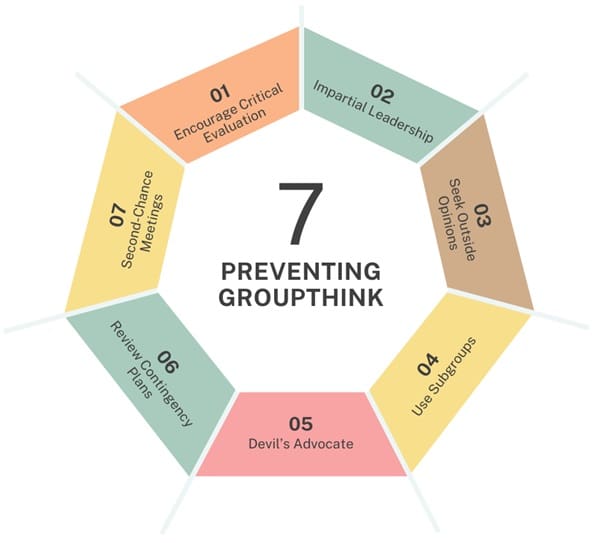
Encouraging Critical Thinking
Promoting Diverse Perspectives
Organizations must actively promote diverse perspectives to break free from the grip of groupthink. When teams include individuals from varied backgrounds, experiences, and viewpoints, the richness of ideas can significantly enhance creativity and problem-solving.
For example, consider a product development team composed solely of engineers. While technical expertise is crucial, lacking marketing or design input could lead to a product that doesn’t resonate with customers. Here’s how to effectively promote diversity:
- Recruitment Strategies: Actively seek individuals from different disciplines and backgrounds during the hiring process.
- Cross-Functional Teams: Encourage collaboration between departments to create a blend of insights and foster innovation.
Fostering a Culture of Constructive Debate
Creating an environment where constructive debate is welcomed can transform team dynamics. Rather than shying away from disagreements, team leaders can frame debates as a healthy exploration of ideas.
For instance, during a project kickoff meeting, teams can establish ground rules that allow for respectful disagreement. This can include:
- Structured Discussions: Set aside specific times for team members to challenge ideas or share counterarguments.
- Facilitating Open Feedback: Use anonymous surveys or suggestion boxes to invite candid responses on project directions.
By nurturing a culture that values diverse perspectives and constructive debate, organizations can foster an atmosphere of critical thinking. This enhances decision-making and empowers team members to share their unique contributions, creating a more innovative and resilient organization overall.
Strategies to Avoid Groupthink
Encouraging Dissent and Voice of Minority
To effectively combat groupthink, organizations must create a safe space where dissent is accepted and encouraged. When team members feel empowered to voice minority opinions, it enriches discussions and leads to more robust decision-making.
For example, during a strategic planning session at my previous job, we implemented a practice called “the dissenting opinion hour.” Each team member was allocated time to present their contrary views without interruption. This practice led to the uncovering of crucial insights that would have otherwise remained hidden. Here are some practical ways to encourage dissent:
- Designate a ‘Devil’s Advocate’: Assign a team member to challenge ideas, ensuring all aspects are explored intentionally.
- Create Anonymous Platforms: Utilize tools like suggestion boxes or anonymous surveys to allow team members to express their thoughts without fear of backlash.
Implementing Decision-Making Processes
Establishing structured decision-making processes can also help teams avoid the pitfalls of groupthink. These processes encourage thorough evaluations and minimize the influence of dominant personalities.
Consider these strategies for effective decision-making:
- Structured Brainstorming Sessions: Use methods like round-robin where each member shares their thoughts.
- Consensus Building Techniques: Implement techniques like the Delphi method, where anonymous input is collected and shared over multiple rounds, allowing thoughtful consideration.
By actively promoting dissenting views and implementing clear decision-making strategies, organizations can significantly mitigate the risks associated with groupthink. This approach enhances team dynamics and paves the way for innovative solutions and more effective outcomes.

